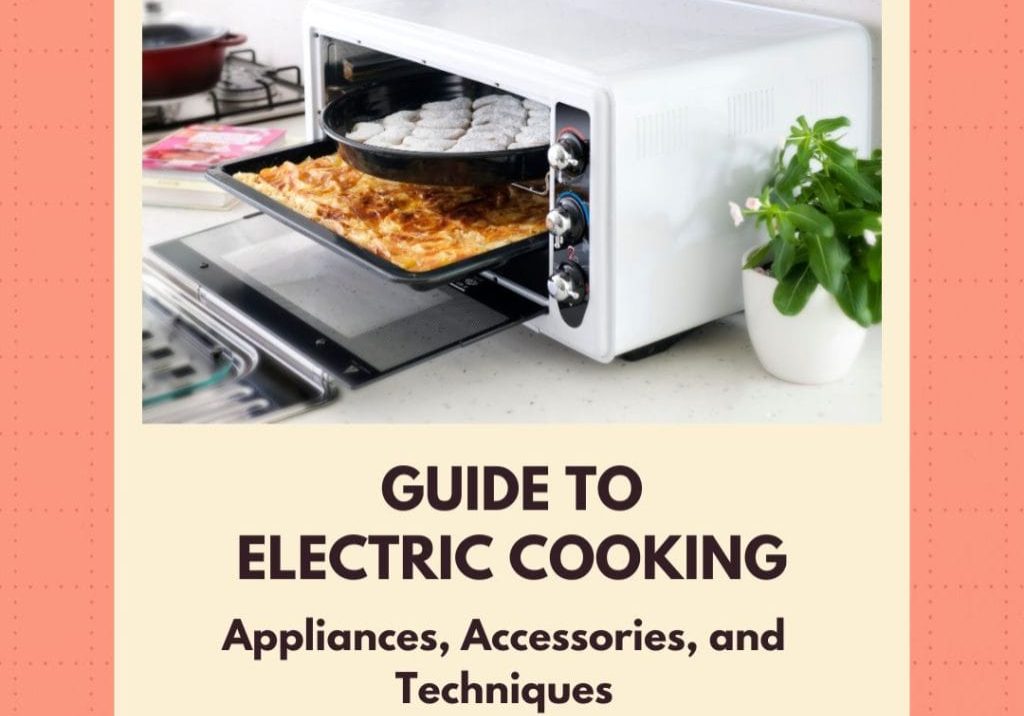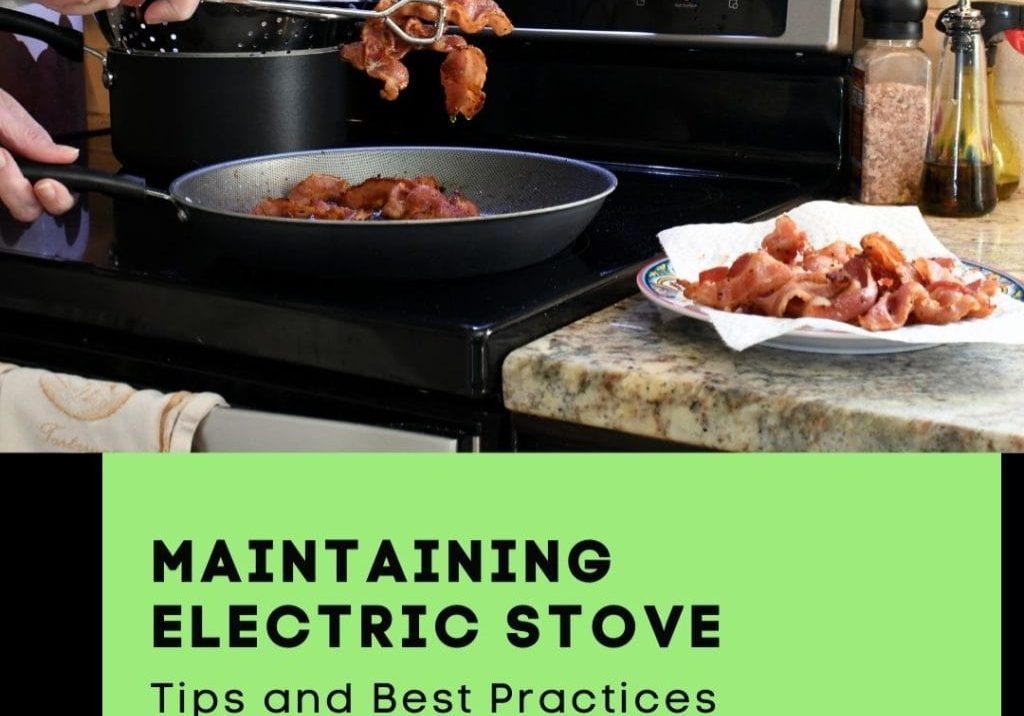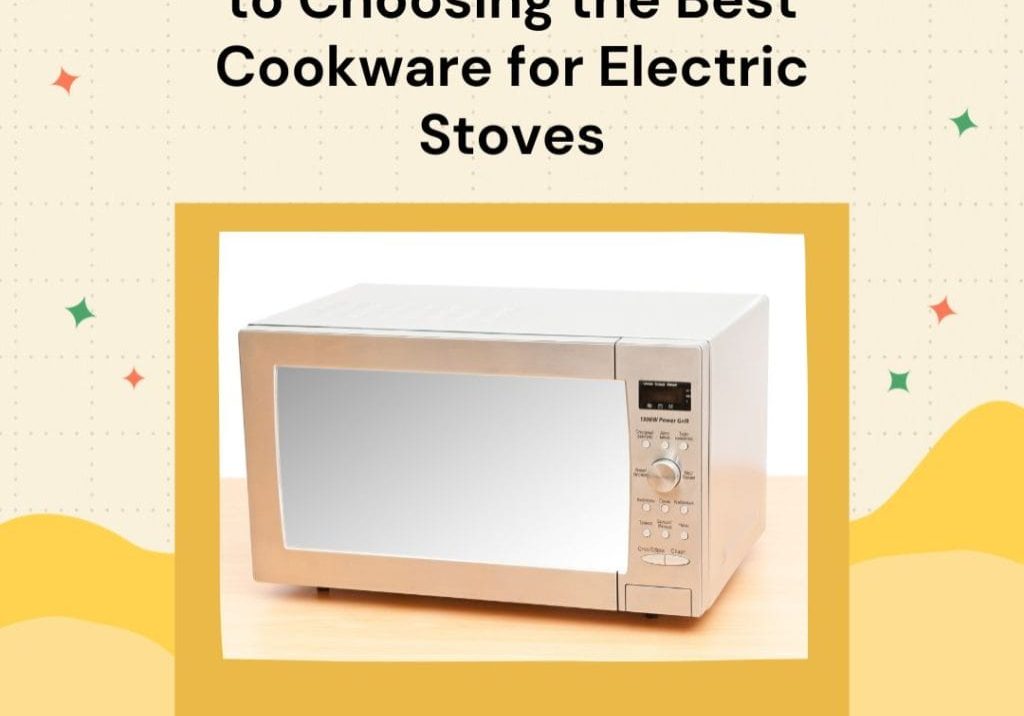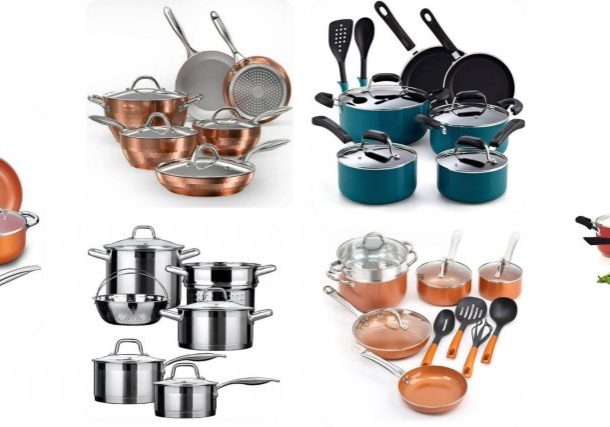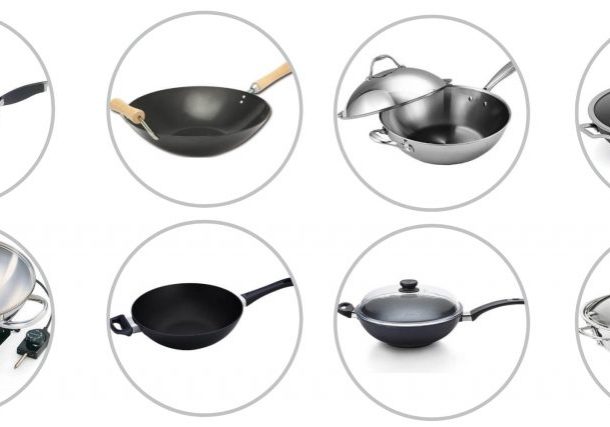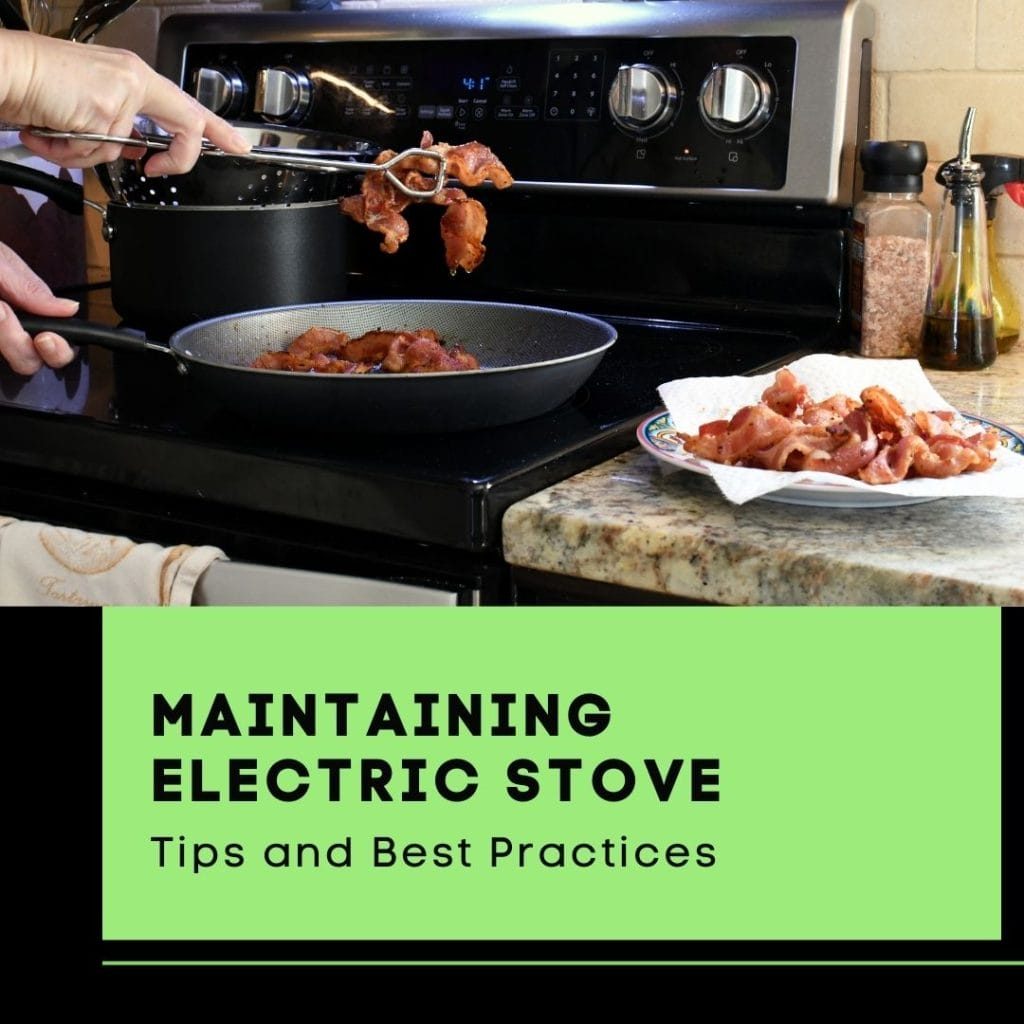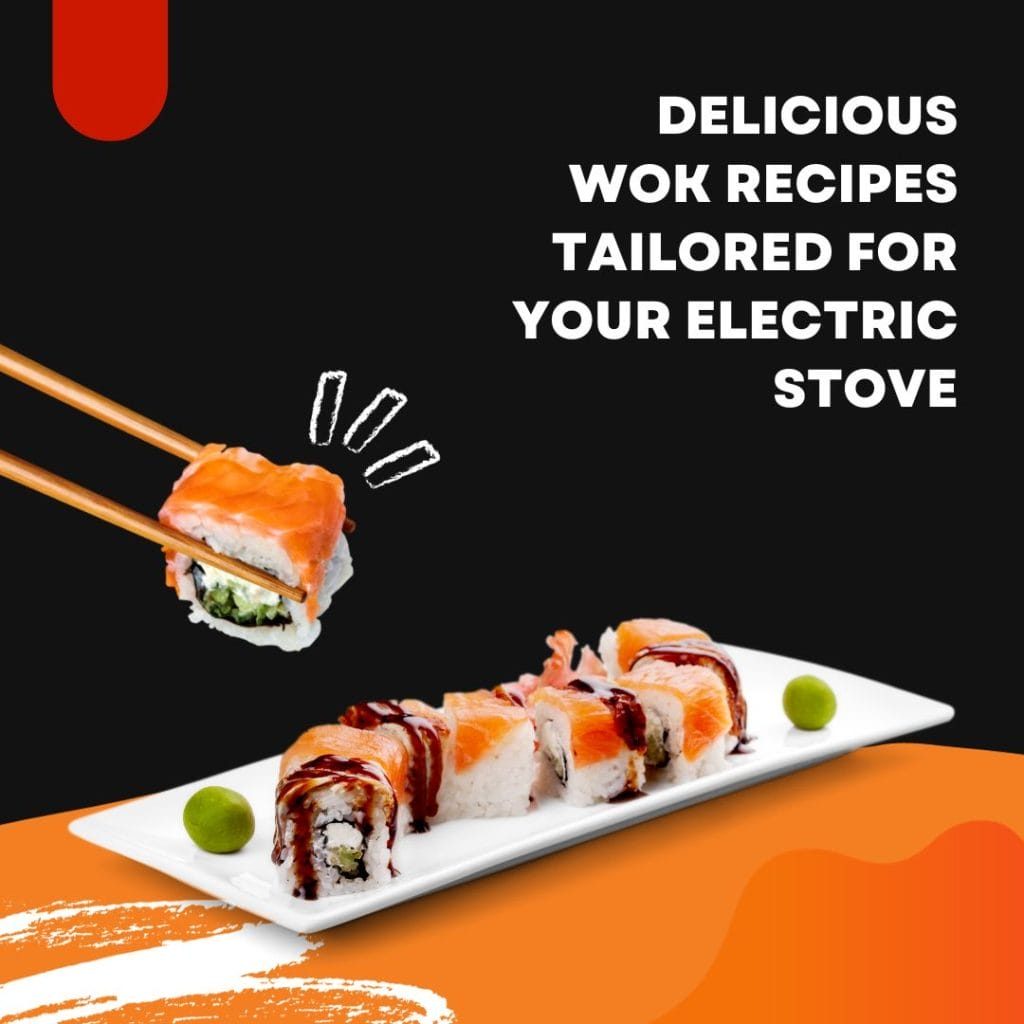Mastering the Art of Cooking on Electric Stoves: Techniques and Tips
Cooking on electric stoves may initially present a challenge for some, especially for those accustomed to the direct flame of gas stoves. However, with a little time and understanding of the nuances, you can master the art of electric stove cooking. Electric stoves offer advantages such as consistent heat, ease of cleaning, and a sleek design that fits well in modern kitchens. This guide will provide essential techniques and tips to enhance your cooking experience on electric stoves.
Understanding How Electric Stoves Work
Before diving into techniques and tips, it’s important to understand how electric stoves work. Unlike gas stoves that rely on a direct flame for heat, electric stoves use heating coils or ceramic glass cooktops to transfer heat to the cooking vessel. Adjusting the power supply to these heating elements controls the stove’s temperature. Electric stoves take slightly longer to reach the desired temperature than gas stoves. However, electric stoves offer consistent and even heat distribution once they are heated up.
Key Differences Between Gas and Electric Stoves
While gas and electric stoves serve the same purpose of cooking food, they have key differences that affect the cooking process. One major difference is in the control of temperature. Gas stoves allow for immediate and precise temperature adjustments, while electric stoves may take a few seconds to respond to changes in temperature settings. You must plan your cooking process and be more patient using an electric stove. Another difference is in the type of cookware used. Gas stoves are suited for a wider range of cookware, including cast iron and copper, while electric stoves work best with flat-bottomed pots and pans.
Mastering Heat Control on Electric Stoves
As mentioned earlier, electric stoves respond more slowly to temperature changes than gas stoves. This means you must plan and adjust your cooking techniques accordingly. For example, when simmering a dish on an electric stove, keeping the heat at a consistently low level rather than continually changing it up and down is important. Using the right cookware size can also help with heat control. Smaller pots and pans may heat up faster on electric stoves, while larger ones may take longer to reach the desired temperature.
Essential Techniques for Cooking on Electric Stoves
Let’s delve into some critical cooking techniques that elevate your culinary skills on an electric stove.
Boiling Techniques
When boiling water for pasta or other dishes, it’s important to use a pot with a lid and start with hot water from the tap. This will save time and reduce the amount of energy needed to bring the water to a boil. Once the water is boiling, reduce the heat to maintain a gentle boil rather than a rolling one. If you’re using an electric glass cooktop, avoid dragging the pot across the surface, as it may scratch or damage.
Sautéing and Stir-Frying Techniques
Preheat the pan for a few minutes before adding the ingredients to achieve a perfect sauté or stir-fry on an electric stove. This will ensure that the food cooks evenly without sticking to the pan. It’s also important to use oil with a high smoke point, such as canola or vegetable oil, to prevent the food from burning. When adding ingredients to the pan, ensure not to overcrowd it, as this will lower the temperature and result in uneven cooking.
Baking Techniques
When baking on an electric stove, always preheat the oven for 10-15 minutes before putting in the food. This will ensure that the oven reaches the desired temperature for even cooking. It’s also important to use baking dishes with flat bottoms and avoid using dark-colored pans, which may cause the food to cook faster on the bottom and slower on top.
Cleaning and Maintenance Tips
Maintaining a clean electric stove is essential for its efficient functioning and longevity. Wipe any spills immediately after cooking to prevent them from hardening and staining the cooktop. Use a specialized ceramic cooktop cleaner and a soft scrubbing pad for heavy stains and grime. Avoid using abrasive cleaners or hard scrubbers, as they can damage the surface. If your stove has them, the burner coils can be removed and cleaned with a damp cloth and mild detergent. Also, regularly check the stove’s electrical connections to ensure they are secure. Remember, a well-maintained stove enhances your cooking experience and extends the appliance’s lifespan.
The Pros and Cons of Electric Stove Cooking
As with any cooking method, electric stove cooking has pros and cons. On the positive side, electric stoves offer consistent heat distribution, are easy to clean, and have a sleek design that may fit well in modern kitchens. They also tend to be more affordable than gas stoves and do not require a gas line for installation. However, they may take longer to heat up and respond to temperature changes and may be more challenging when controlling heat for certain dishes. Choosing an electric or gas stove will ultimately depend on personal preference and budget. With the right techniques and tips, you can enjoy delicious and well-cooked meals on either type of stove. So why not try electric stove cooking and see if it’s the right fit for you? Who knows, you may just become an expert in no time!
Conclusion
Mastering the art of electric stove cooking may take some time and practice, but with these techniques and tips, you’ll be well on your way to creating delicious meals on your electric stove. Plan accordingly for temperature adjustments, use the right cookware, and maintain a clean appliance for optimal results. And remember to enjoy the sleek design and consistent heat distribution that electric stoves offer. Happy cooking! So, whether you opt for a gas or electric stove, understanding how they work and utilizing the correct techniques will result in delicious meals every time. Experiment with different dishes and get creative with your cooking methods. With some practice, you’ll be a master chef on either type of stove. Happy cooking!

